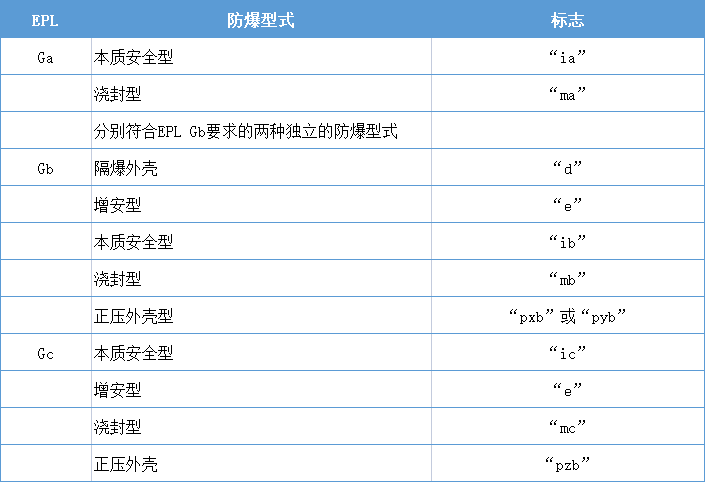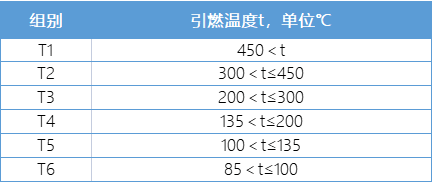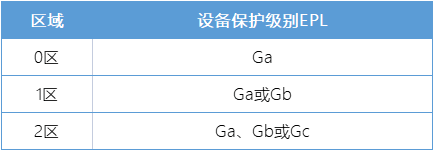The designer designed a flameproof analyzer, listen to the manufacturer, the safety type is intrinsically safe. The instrument engineer thought: Ah? It's intrinsically safe, it's so safe, it's cheaper, why not use intrinsically safe? The intrinsically safe type has a higher safety rating than the flameproof type, which must be no problem! So Yangshan submitted the requirements, XXX this safety analyzer.
Results just installed, encountered inspection, inspection experts said: this analyzer installed in the 1 zone, the safety ic level does not meet the requirements. Must use Intrinsic safety ia or ib, or flameproof type! Rectify immediately! Engineers are dumbfounded ~ This ampoule is higher than flameproof explosion-proof rating? Why can't it work? Today we will help you to solve the confusion, talk about Ben safe and flameproof!
01
Are intrinsically safe instruments more protected than flameproof instruments?
Intrinsically safe and flameproof are different types of explosion protection. This type is divided into three protection levels: ia, ib, and ic, and the corresponding EPL level (device protection level) is different. For example, intrinsically safe ic has a lower protection level than flameproof d, and intrinsically safe ia has a higher protection level than flameproof d. (For details, see the following table "Correspondence between explosion-proof types and EPL".)

Therefore, intrinsically safe and flameproof explosion-proof technologies have their own characteristics and advantages, and are suitable for different products and occasions.
02
Can intrinsic safety meters replace flameproof meters?
Specifically speaking, there are many kinds of technologies for explosion-proof, for instrument equipment, intrinsic safety explosion-proof technology and flameproof explosion-proof technology is widely used for its high safety and high operability.
Intrinsically safe "i" definition:
An explosion-proof type of electrical equipment that limits the potential spark or thermal energy from continuous wires inside the equipment and exposed to an explosive environment to a level that cannot produce ignition.
Intrinsic safety explosion-proof technology is a kind of "safety design" technology which takes the energy of ignition source as the explosion-proof means. It is to fundamentally limit the energy of the ignition source, and even if there is a specified failure, it will not detonate explosive substances in an explosive environment. It is required that the electrical spark and thermal effect that may be generated by the equipment in normal operation and fault state are less than the minimum ignition energy and spontaneous combustion temperature of explosive dangerous gases respectively. Intrinsic safety technology is a low power design technology. Therefore, it has the advantages of simple structure, small size, light weight, maintenance and replacement under live conditions, high safety and reliability, and wide application range.
Definition of flameproof "d" :An explosion-proof type of electrical equipment whose housing can withstand the internal explosion of an explosive mixture entering the housing through any joint surface or structural gap of the housing without damage, and does not cause the ignition of an explosive gas environment formed externally by one or more gases or vapors.
Flameproof and explosion-proof technology is mainly to isolate the ignition source and allow dangerous gases to enter the flameproof housing, which may produce an explosion. The shell is required to have sufficient strength, and each shell joint has a long enough mesh length and a small enough clearance to ensure that the internal explosion will not pass through the flameproof joint and cause an explosion in the external environment. It is a gap explosion-proof technology, which depends on the gap and mesh length to achieve cooling and extinguishing effect.Usually, the principle of substitution is that the EPL with a high level can replace the EPL with a low level, or the EPL with the same level, but it is necessary to pay attention to the replacement, and it needs to meet the requirements of different explosion-proof types.
03
Which is more common in chemical plants, intrinsic safety instrument and flameproof instrument?
When dealing with instrument faults, it may be necessary to perform live maintenance in the explosion-proof area (maintenance generally requires live, and some faults cannot be judged without live). This safety instrument can be live cover maintenance, even if the cable short circuit does not matter, and flameproof instruments, usually do not allow live cover, live cover maintenance needs to do some safeguards.From the price point of view, for the use of larger small instruments, such as: temperature transmitter, pressure transmitter, valve positioner class flameproof instrument and the price of the safety instrument is about the same, but because the safety instrument needs to increase the safety gate, the price of a safety gate is about a few hundred to one thousand yuan, the overall price will be slightly higher than the use of flameproof instrument.Taking into account the maintenance convenience, safety, engineering consistency, price and other factors, the current chemical plant process equipment area is usually preferred to choose the inherent safety type instrument (ia level), and the public engineering equipment area is usually a unified priority to choose the flameproof type instrument.
04
How complicated are these instruments? Why don't they all go flameproof?
(1)Explosive gas environment danger zone division
Due to the different environment of the production site, according to the current GB 50058-2014, we divided the explosive gas environment danger area into: zone 0, zone 1, zone 2.Zone 0: an environment where explosive gas mixtures exist continuously or for a long time;
(2)Classification of explosive substances and corresponding division of electrical equipment (only for gas)
Class I: For coal mine gas environment.
Class II: For use in explosive gas environments other than coal mine gas.According to the maximum test safety gap MESG or the minimum ignition current ratio MICR, it is subdivided into: IIA, IIB and IIC. IIA- The representative gas is propane. IIB- The representative gas is ethylene. IIC- The representative gas is hydrogen.(3)Ignition temperature grouping of explosive gas mixtures
(4)Device protection level EPL
According to the classification of hazardous places, the relationship between the explosion-proof area and the applicable equipment protection level EPL is as follows:
Ga Class: Equipment for explosive gas environments with a "very high" level of protection and is not a source of ignition during normal operation, expected failure, or rare failure.
Gb: Equipment for explosive gas environments with a "high" level of protection that is not a source of ignition under normal operation or expected failure conditions.
Gc Class: Equipment for explosive gas environments, with a "general" protection level, is not a ignition source in normal operation, and some additional protection measures can be taken to ensure that effective ignition will not be formed in cases where the ignition source is expected to occur frequently (such as the failure of a luminaire).The current GB3836 series standards and GB50058 introduce the concept of equipment protection level (EPL).
参考上文《防爆型式与EPL的对应关系》,设备达到Ga级即可适用于0区环境。“ia”型防爆型式,仍然是适用于0区的有效产品,但不是唯一。
综上所述,本安型和隔爆型是不同类型的防爆型式,它们各具特点和优势,适用于不同的产品和场合,应该根据产品的可实施性、使用环境、经济性、操作维护等综合考虑选用。
据数据统计:煤矿井下约有三分之二的场所有存在爆炸性物质;化学工业中,约有80%以上的生产车间区域存在爆炸性物质;在石油开产现场和精炼厂约有60~80%属爆炸性危险场所。
爆炸是物质从一种状态,经过物理或化学变化,突然变成另一种状态,并放出巨大的能量。
对于化学爆炸的三要素是:爆炸性物质、助燃剂和点燃源。

助燃剂:如空气中的氧气。
点燃源:在生产过程中大量使用的用电设备,各种磨擦的电火花、机械磨损火花、静电火花、高温炽热表面等。由于生产车间的爆炸性物质和助燃剂通常难以避免。因此在控制爆炸性物质异常泄露的同时,通常消除或控制点燃源是防火防爆的重点方向。
因此对于用电仪表采取适当的防爆措施就显得非常必要了。





